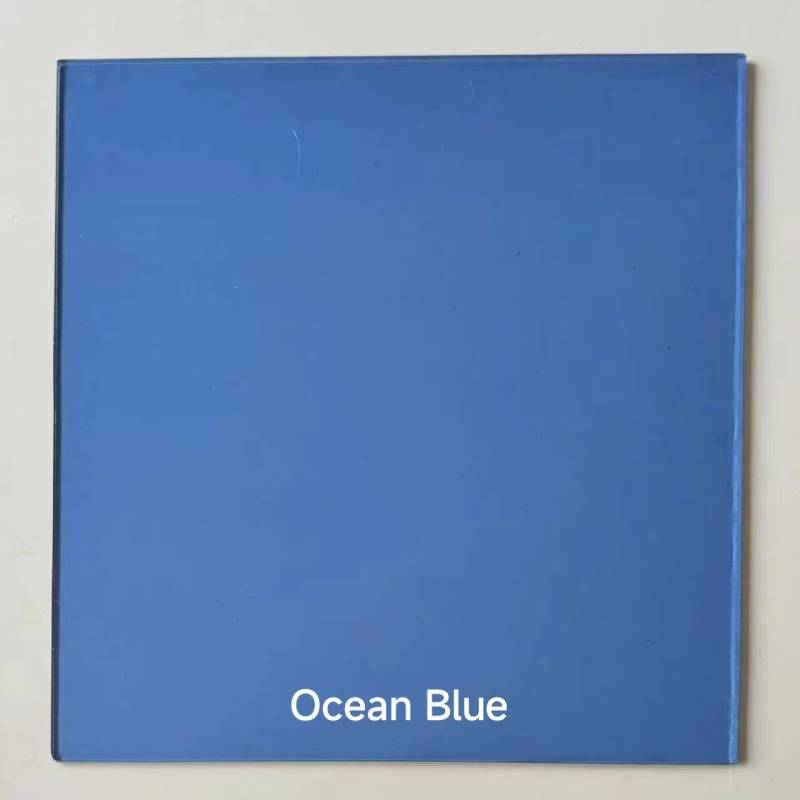

The Beauty and Craft of Decorative Stained Glass
Stained glass has long been celebrated for its striking beauty and ability to transform ordinary spaces into extraordinary environments. Often associated with grand cathedrals and historic buildings, decorative stained glass has a rich history and an enduring appeal that continues to captivate artisans and art lovers alike.
At its core, stained glass is a form of art created by assembling pieces of glass in varied colors, textures, and opacities to form a cohesive design. This meticulous process dates back to ancient times, with early examples found in Roman structures and later flourishing throughout the Middle Ages. The intricate designs and vibrant colors not only served aesthetic purposes but often conveyed spiritual stories and moral lessons, making stained glass an integral part of architectural storytelling.
One of the most important aspects of decorative stained glass is its versatility. While many people associate stained glass with religious settings, it can also enhance residential spaces, public buildings, and art installations. Modern stained glass artists experiment with a myriad of styles, techniques, and themes, ranging from abstract designs to intricate portraits. This adaptability allows stained glass to find its place in contemporary homes, where it can be used in windows, doors, skylights, and room dividers, adding a unique touch to interior spaces.
The process of creating decorative stained glass is as fascinating as the final product itself. It begins with the selection of glass, which can be colored, clear, or etched. Each piece of glass is carefully cut to fit a predetermined design. This design process often involves preliminary sketches and sometimes includes the application of paint or enamel to add details and depth to the images portrayed. Once the pieces are cut, they are assembled and held together using lead came or copper foil. This crucible of creativity requires both artistic vision and a deep understanding of glass properties, requiring artisans to possess a technical skill set that can take years to develop.

Light plays an essential role in stained glass artistry; it is the interaction between light and glass that creates the mesmerizing effects that define this medium. When sunlight filters through stained glass, the colors come alive, casting vibrant hues onto surrounding surfaces and creating an atmosphere that can change throughout the day. This dynamic quality means that each viewing of a stained glass piece can feel like a unique experience, a phenomenon that draws visitors to churches and galleries around the world.
Through the lens of modern design, stained glass continues to evolve. Contemporary artists are blending traditional techniques with innovative practices, incorporating elements like glass fusion, digital printing, and contemporary themes. This creative fusion can result in pieces that reflect personal stories, cultural identities, and the surrounding environment, thus broadening the narrative capability of stained glass. From minimalist designs to elaborate installations, the modern interpretation of stained glass is pushing boundaries and inviting a new audience to appreciate its beauty.
Moreover, the environmental aspect of stained glass cannot be overlooked. As a medium built primarily from natural silicate materials, glass can be recycled and reused, making it a sustainable choice in an era that increasingly values eco-friendly practices. Artists are now exploring ways to utilize reclaimed glass and finding innovative methods to minimize waste in their craft.
In conclusion, decorative stained glass is more than just a form of art; it is a bridge between the past and present, tradition and innovation. Whether utilized in ecclesiastical settings or modern interiors, its ability to convey stories through light and color ensures that it will remain a cherished and dynamic medium. As artists continue to explore its boundaries, stained glass not only retains its historic significance but also embraces a vibrant future that invites new generations to engage with its timeless beauty.